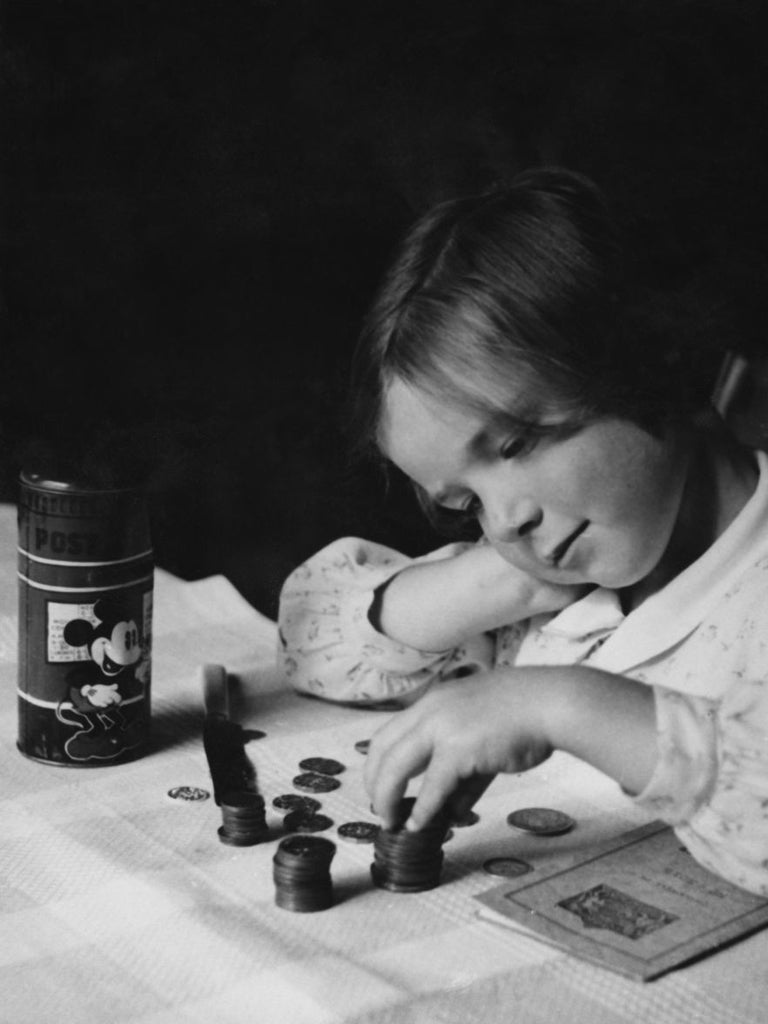The Junior Isa turns one, but hasn't grown as fast as it could
Despite several advantages over Child Trust Funds, Jisas have got off to a slow start

They were hailed as the new and improved Child Trust Funds, encouraging parents to save for their offspring's bright futures, but a year on, Junior Isas have failed to impress. So what now for tax-efficient savings for children?
Can more be done to capture parents' and grandparents' imaginations? And what are the alternatives for those parents who are being hampered by disappointing rewards for their careful savings?
Junior Isas, or Jisas, were given a fairly warm welcome last autumn but the take-up has been disappointing, with just 72,000 accounts opened in the first five months after their introduction, out of six million eligible children, according to HM Revenue & Customs.
With no government contributions – CTFs benefited from at least £250 – and only a handful of providers offering accounts when they were first launched, it is perhaps unsurprising that Jisas have yet to take off in any significant way.
The Government did leave it late to clarify some of the finer details, which meant many providers were not up and running in time. However, a year on and providers are still seemingly hesitant to put any effort into reeling in Jisa business. At present there are only 33 cash and 27 stocks and shares Jisas available, according to Moneyfacts.co.uk, while there are 154 variable adult Isas alone.
"Junior Isas appear to have got off to a slow start, suffering from low public awareness compared to CTFs which were supported by taxpayer-funded advertising campaigns as well as the vouchers," says Jason Hollands, at the independent financial adviser Bestinvest.
Even among parents in the know, the issue of access could be a sticking point. Once their child reaches 16 they can manage the account themselves, and they have full access to the funds at 18. Parents who have diligently squirrelled away a portion of their earnings to fund a university education or first home may, understandably, worry that this money can be spent in any way their child sees fit.
"This can be seen as an advantage or a disadvantage," says David Gibson at Gibson Financial Planning. "It will either teach the child responsibility or fund a very fast lifestyle for a few months!"
Parents could use their own annual Isa allowance (currently £11,280 per person) to save for their child while maintaining full control, but a bespoke savings vehicle for children is still a useful tool. Despite the lack of a government top-up, the Jisa is already more attractive and competitive than the CTF, particularly with fund supermarkets such as Bestinvest and Hargreaves Lansdown allowing access to thousands of funds, shares and investment trusts.
In contrast, the CTF market is almost entirely comprised of credit unions, friendly societies and regional building societies.
"Given the wider choice of Jisas, and greater competition leading to much lower fees, we think it's time for the Government to bite the bullet and either merge CTFs into Junior ISAs or at least allow CTF accounts to transfer into Jisas" Mr Holland says.
The Jisa allowance currently matches the CTF limit of £3,600 a year and will be linked to the cost of living via the Consumer Price Index from 6 April 2013 onwards.
Jisas aren't just for newborns – any child under 18 and born before September 2002 is eligible. You can open only one Junior cash Isa and one Junior shares Isa in any given tax year, although you can transfer the whole lot to a new account whenever you like.
Anyone is free to pay into a Jisa, whether the parents of the child, family members or friends, and once the child reaches 18, the Jisa is automatically rolled into an adult Isa. This means that it will never lose its tax-free status and can immediately benefit from the increased allowance.
As with their adult equivalent, the money can be invested in stocks and shares, cash or a combination of the two. Cash rates for Jisas are currently on a par with adult Isas – the top rate is currently 3.25 per cent from Coventry Building Society, which pays the same rate on its adult 60-Day Notice Isa.
However, with such a long time-frame to invest, it's the ideal opportunity to take a punt on the stock market. Indeed the effect of inflation over a number of years means that cash investments could actually suffer significant losses in terms of spending power.
"A lot of DIY investors will invest a Jisa in cash which, over an 18-year term is daft if you look at cash returns against a well-diversified portfolio with equity content" says Mr Gibson.
The potential returns could represent a huge weight off parents' shoulders. For example, assuming a 6 per cent return after charges, putting away £250 a month into a Junior Isa from birth would grow to a lump sum of £95,240 by age 18 – and not a penny goes to the taxman.
To maximise tax-free benefits, a child aged 16 can actually hold both an adult cash Isa (£5,340) and the £3,600 in their Jisa at the same time, merging them together (as long as one of them allows transfers in) at age 18.
Charlotte Nelson at the financial advice website Moneyfacts.co.uk says: "Saving from a young age is vital, especially in the current climate with rising university fees and house deposits.
"Encouraging the savings habit at a younger age is vital to this and Junior ISAs are one vehicle to do this."
Subscribe to Independent Premium to bookmark this article
Want to bookmark your favourite articles and stories to read or reference later? Start your Independent Premium subscription today.

Join our commenting forum
Join thought-provoking conversations, follow other Independent readers and see their replies